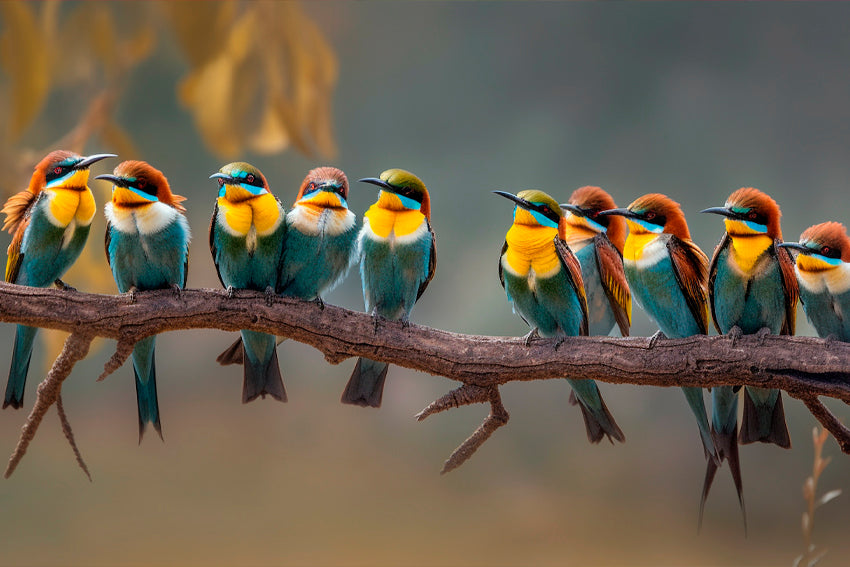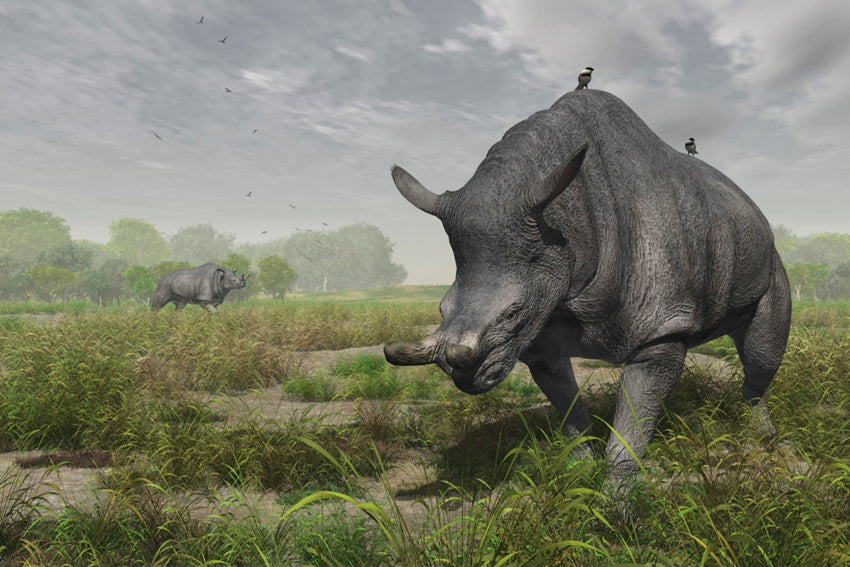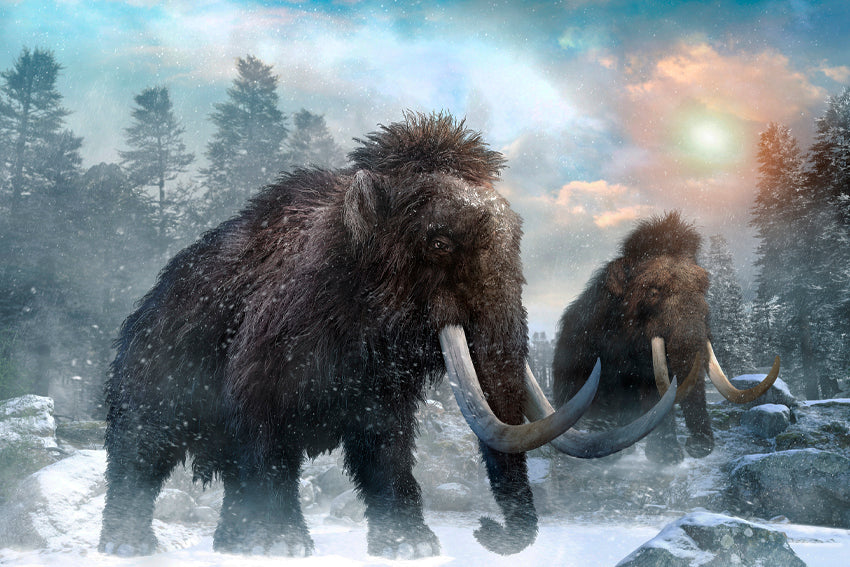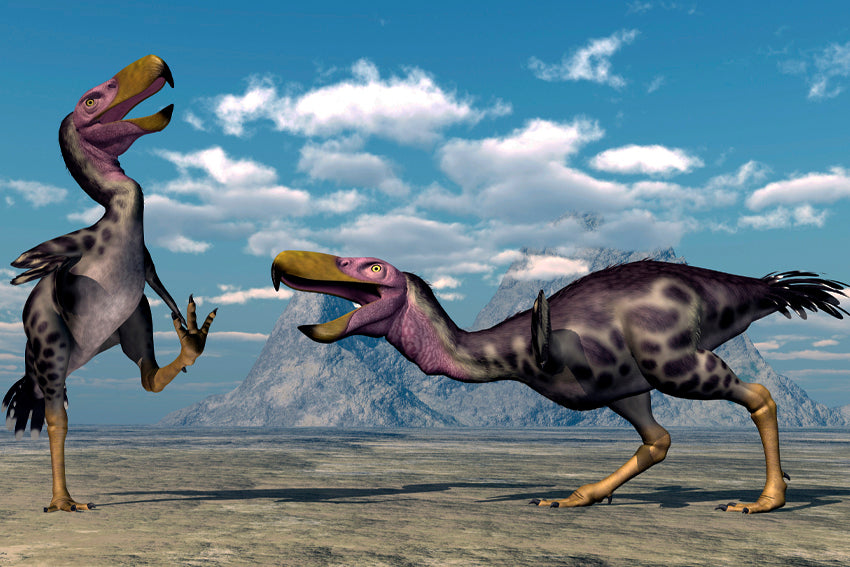Living birds are a diverse group of animals belonging to the Chordata phylum and the Vertebrata subphylum.
Birds are oviparous, warm-blooded animals with wings and feathers. They have a light body, hollow bones, and a highly efficient respiratory system that allows them to fly. Birds also have a large brain relative to their body size, allowing them to perform complex behaviors such as song, dance, and navigation, plus they have a horny beak and legs adapted for different types of feeding and locomotion. It is estimated that there are around 10,000 species of birds distributed throughout the world. These birds have evolved over millions of years and have adapted to various habitats, from deserts and rainforests to tundras and oceans.
In the Anthropocene, birds have had to adapt to numerous changes caused by human activity, such as deforestation, urbanization and climate change. Some birds have been able to adapt and thrive in these new environments, while others have suffered population declines and, in some cases, extinction.
Today's birds are classified into 30 different orders, which include more than 10,000 species. Some of the best known orders are:
Passerines: Also known as songbirds, they are the largest and most diverse group of birds, with more than 5,000 species. They are characterized by having a small, conical bill, and by their ability to produce a wide variety of songs and calls.
Galliformes: They include poultry such as chickens, turkeys, and pheasants, as well as some wild species. They are characterized by having strong and robust legs, adapted for running and foraging on the ground.
Falconiformes: They include birds of prey such as hawks, eagles, and vultures. They are characterized by having sharp claws and a strong, curved beak, adapted for tearing meat.
Psitacidae: These include parrots and parakeets, which are popular pet birds. They are characterized by having a strong and curved beak, adapted to break seeds and fruits.
Strigiformes: They include owls and owls, which are nocturnal and predatory birds. They are characterized by having large eyes and a large, rounded head, adapted for vision in low light conditions.
These are just some of the current bird orders in the Anthropocene. Each order includes a variety of species with unique characteristics and adaptations to survive in their environment.
Today's birds play a vital role in the ecosystem by acting as pollinators, pest controllers and predators of other species and although some birds have been negatively affected by human activity, many have been able to adapt and continue to thrive in this new world in constant change.






Share:
Amphibians
Mammals